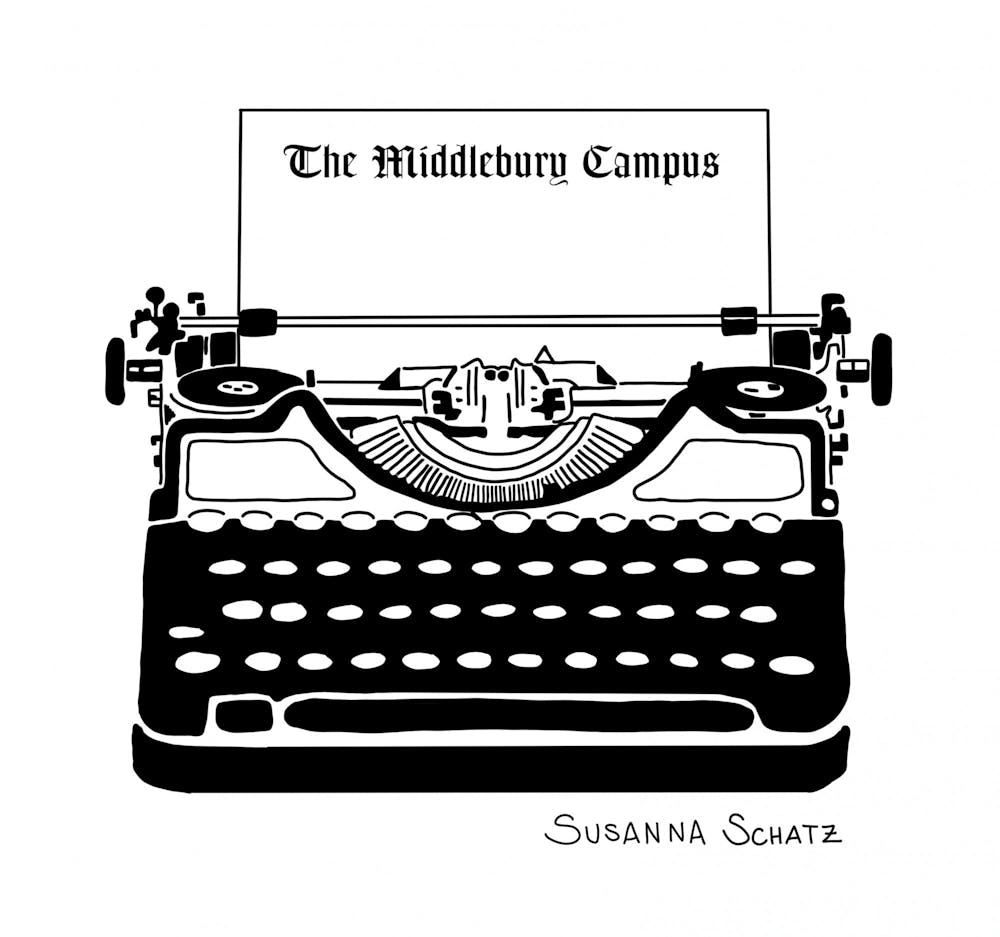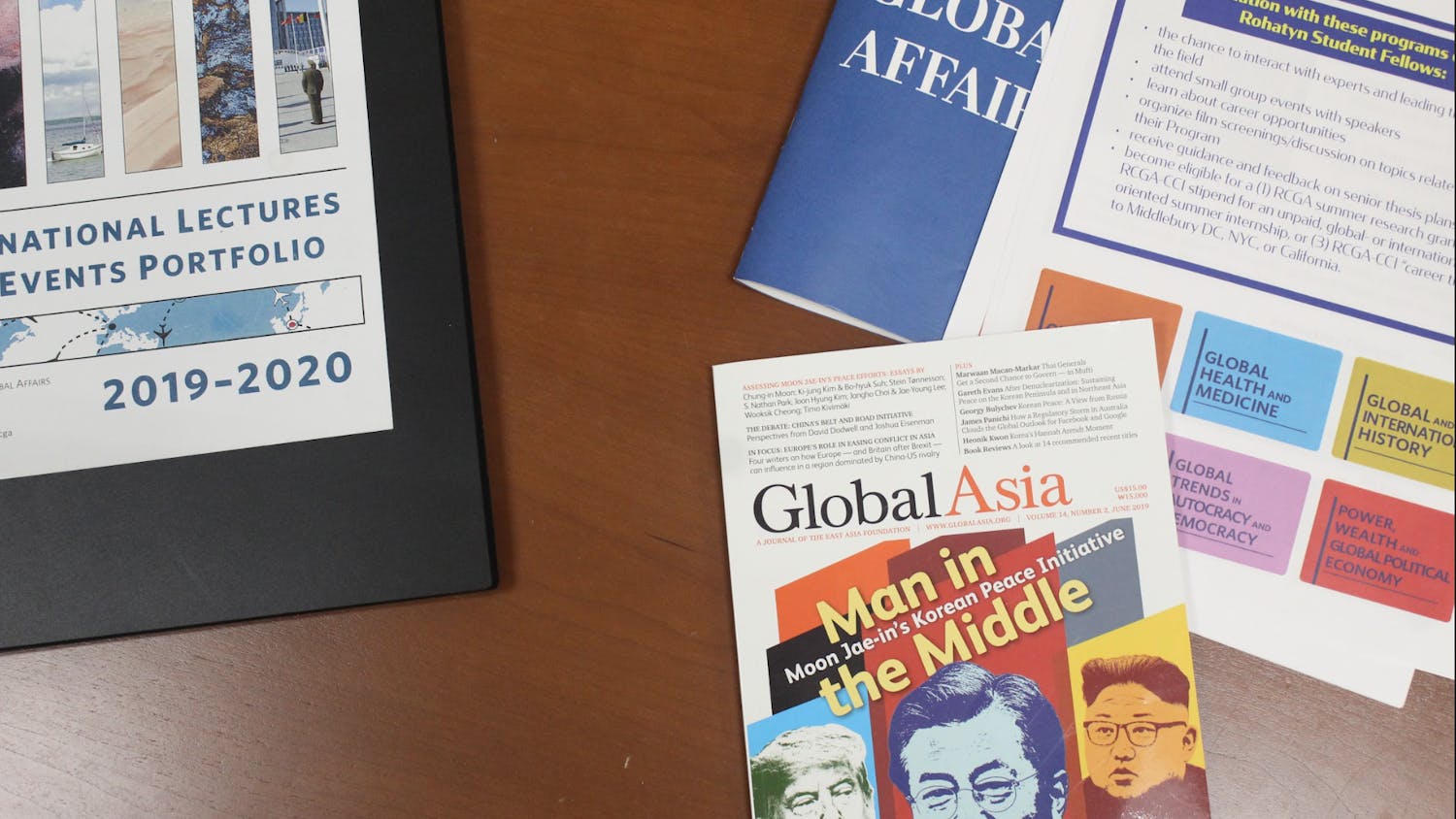Over the past few years, Middlebury community members have become accustomed to the impacts of having a larger-than-typical number of students enrolled at the college — a housing crunch, packed classes and stressful course registration processes. Historically, around 2,500 students have called Middlebury home each year. In recent years, however, that number has crept up to more than 2,800.
We’ve been told that over-enrollment is temporary — the product of a combination of factors like a high yield rate among those accepted from record-breaking applicant pools and the college’s efforts to allow the return of students who took time off during the beginning of the Covid-19 pandemic. We know the college is working towards building a new, larger first-year dorm and has added courses in years past to try to meet demand. But the reality is that — while the number of students has risen — dorms, dining halls, classroom spaces and faculty have not been expanded enough to accommodate them. The Campus covered the impacts of course over-enrollment in fall 2021 and then again this past fall. Unfortunately, the spring semester is shaping up to be no better.
While Middlebury’s website still boasts an average class size of 16 students — though somehow this number has not wavered year-to-year despite recent increases in the size of the student body — that hardly reflects the average student’s experience. Some upper level seminars, which are often advertised as discussion-based, now have too many students to even fit comfortably in the classroom. Professors have resorted to moving chairs, benches, and sofas into their classrooms to seat students, while one editor noted how students have ended up having to stand or sit on the ground in one of her courses if they are the last to arrive. Professors sometimes opt to switch class locations hoping for a less-crowded classroom. In addition, some seniors struggled to get into seminars in their major that they need to graduate on time.
Large class sizes make participation in class difficult and make it harder for students to access the type of individualized attention and feedback that they came to Middlebury to receive. And we know that students are not the only ones who bear the impacts of larger classes. Professors are forced to grade more papers and exams than expected, and student graders might find these tasks put additional pressure on their already busy schedules. “Faculty added more to their workload as numbers of students increased while the number of faculty did not,” professor of Gender, Sexuality, and Feminist Studies Laurie Essig wrote in a fall op-ed.
In terms of getting into classes, many students have become remarkably resourceful. Strategies often employed include emailing professors weeks before registration to request a spot on the waitlist, or sitting in on a class unenrolled until the professor relents and allows the student to register. However, this system favors students with the know-how and privilege to employ these strategies and puts a burden on professors and students alike. Underclassmen, who already get last pick during registration, might not know to email ahead about waitlists. And while some students attend five or six classes during the add/drop period while they are waiting for their schedules to shake out, this is not an option for those who have jobs or other commitments outside of classes.
We understand that the most obvious solution to packed classes, increasing the size of the faculty, will take time and investment. The college has encountered difficulties in regard to attracting new tenure-track-seeking professors to the college because of its faculty wages, and the town of Middlebury lacks reliable child care options, affordable housing and job opportunities for partners of faculty. Many departments, including Economics, Computer Science, and History of Art and Architecture, are in the process of faculty recruitment, and we hope to see new faculty members joining the college as soon as possible.
In the meantime, one band aid solution would be to develop a more equitable approach to waitlists. The Economics Department maintains a need-based waitlist where students most desperate to complete major requirements get priority. Students are explicitly asked not to contact professors about waitlists, and instead fill out a Qualtrics Survey. While this method could be employed by other departments, it is not a long-term solution. In short, an English major at a liberal arts institution should be able to take an economics class just for the sake of taking it. However, it is becoming more and more difficult for students who do not need a course to graduate to take it.
The increasingly cutthroat registration process ultimately disincentivizes students from trying new things; if a Classics major has to jump through several hoops just to try taking a course in a popular major like economics or computer science, they might not even bother. Likewise, many upperclassmen who have gotten the majority of their requirements out of the way are now looking to take introductory classes in new departments — only to be told that juniors and seniors are not permitted in them.
The focal issue here is the disparity between how a Middlebury liberal arts education is advertised — hailed as “transformative learning” — and how it is actually experienced. Students come to Middlebury because they crave close-knit and discussion-based seminars, the freedom to take classes in any department and one-on-one attention from professors. Professors who come to Middlebury do so because they want to teach and because they want to have relationships with students beyond just interacting with them as numbers on a roster.
We know that solving over-enrollment isn’t simple. But we hope the college will work to find temporary solutions to make the liberal arts experience more equitable and accessible to all students at the college.



